Originally established as a territory in 1805, Michigan became the 26th state in 1837. However, the state’s history extends centuries before its official statehood. From its original occupation by Native Americans to the first European explorer in Michigan in 1620, Michigan has a rich state history of hunting, trapping, trading, and more.
Michigan is historically well known for its involvement in multiple wars, including the American Revolution, the War of 1812, and the Seven Years’ War. These conflicts directly affected and involved some of the earliest settlements and towns in the state. Below are 10 of the oldest towns in Michigan, their history, and more.
Sault Sainte Marie
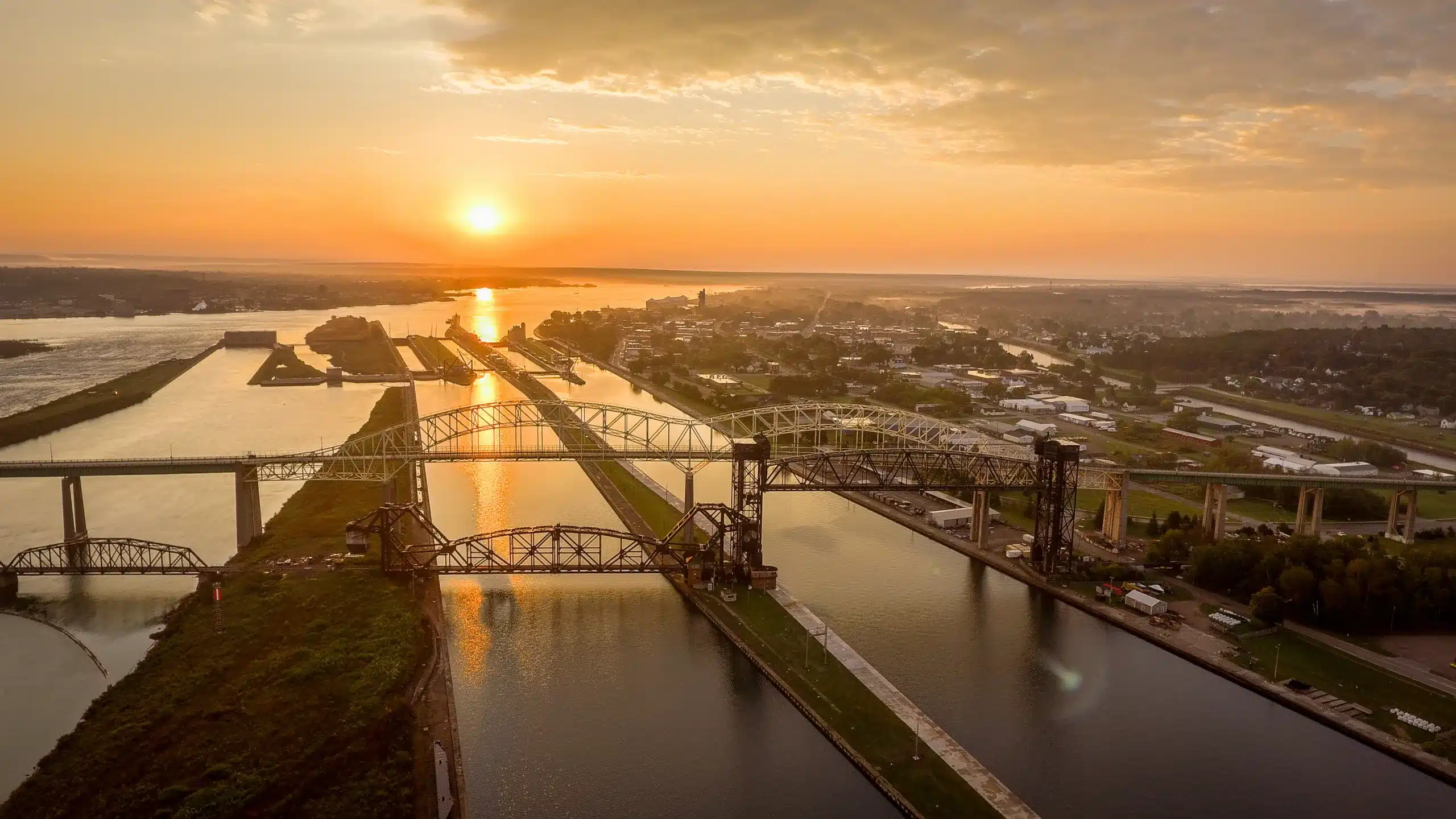
Established: 1668
Commonly nicknamed as the Sault or the Soo, Sault Sainte Marie is the oldest town in Michigan and the only city within its county. It is also one of the oldest European cities to the west of the Appalachian Mountains. The town started as a Jesuit mission, founded by 2 French missionaries. However, it wasn’t until the 18th century that the settlement expanded further.
The first European settler arrived in 1790 and transformed the settlement into a fur trading post. He also married the daughter of a prominent Ojibwe chief, promoting an alliance between the European traders and the Ojibwe people. The town continued as a trading post through the War of 1812. The town later became popular for its part in shipping between the Great Lakes.
St. Ignace
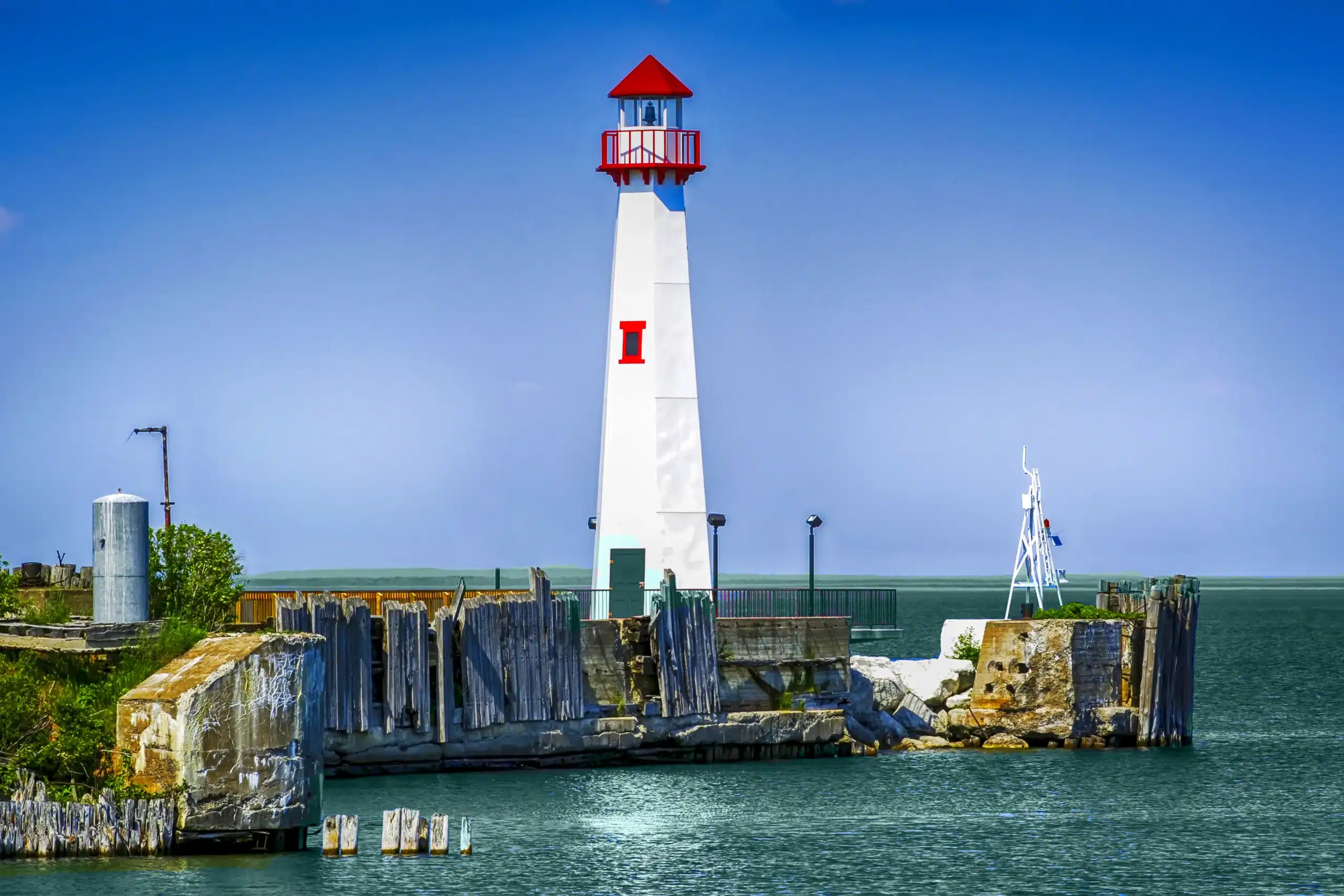
Established: 1671
Known as the second oldest town in all of Michigan, St. Ignace was also originally settled by French Jesuit priests. The town was previously inhabited by Ojibwe, Ottawa, and Wyandot tribes. Like Sault Sainte Marie, St. Ignace also evolved into a fur trading post. However, it was later closed in 1697 and the mission was abandoned in 1705.
The area was taken over by the British after the Seven Year War, but it was overtaken by Americans in the Revolutionary War in 1783. Throughout the years, St. Ignace was used as a place for fur trading, even though the original trading post was long since abandoned. When the fur trade declined, St. Ignace was used as a market for farming and lumber. Today, it is more popularly known as a historical and heritage destination, as well as its summer resort and connection to Mackinac Island.
Mackinac Island
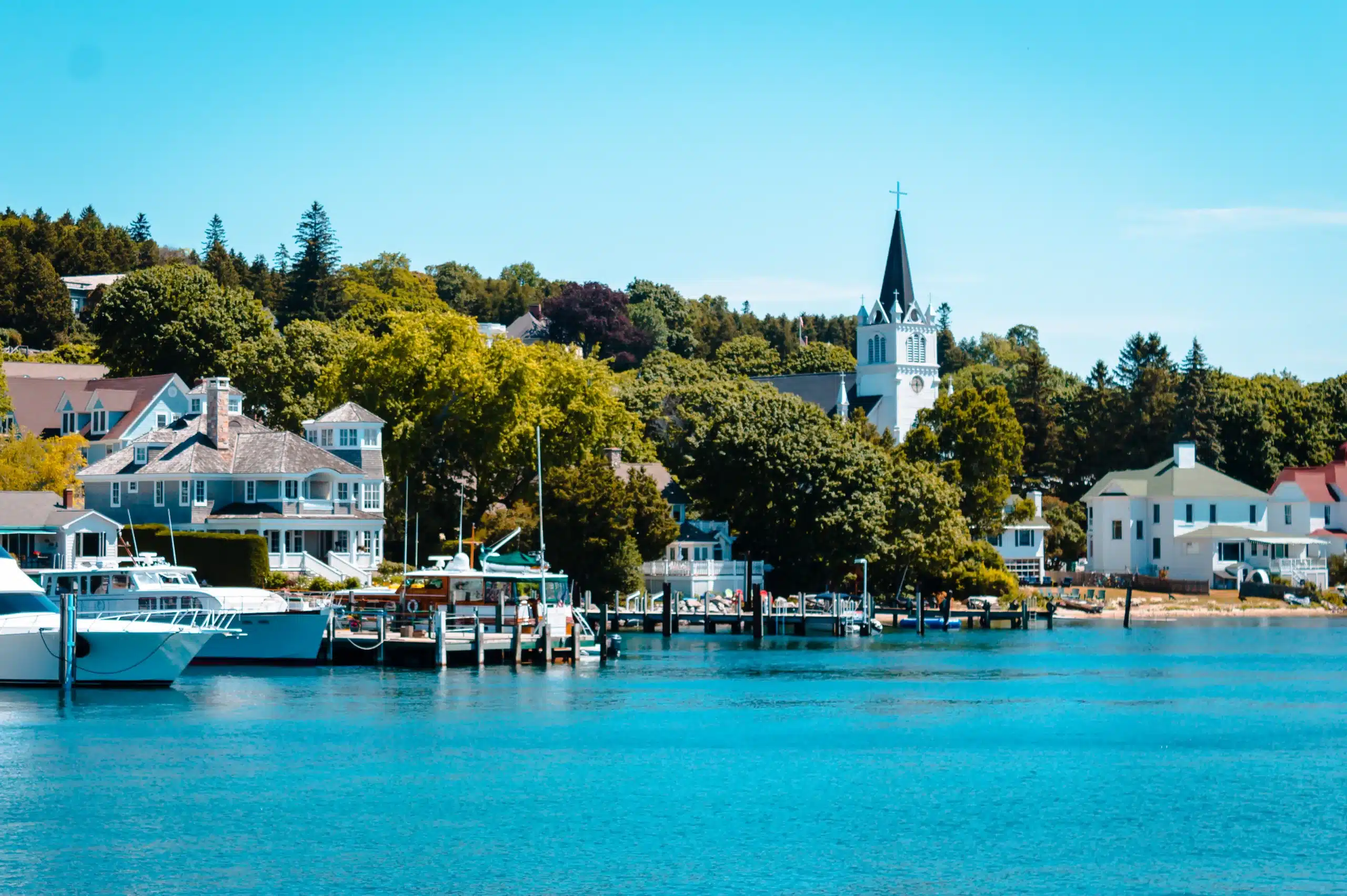
©iStock.com/Michael Deemer
Established: 1671
Situated in between the Upper and Lower Peninsulas of Michigan, this island and resort area was previously used as a center for fur trade around the Great Lakes. The island started as a fur trading post, much like many other towns in Michigan, but later became a fort used by the British during the Revolutionary War. It was also the site of battles in the War of 1812.
The British added an additional fort onto the island to prevent Americans from taking the island. However, the British gave up the island and its forts in 1815. Mackinac Island was continuously used for government purposes up until 1895, including serving as a prison during the Civil War. After 1895, the island became the first state park in Michigan’s history. Today, the town is known for its Victorian architecture and its unusual practice of restricting motor vehicles, favoring horses and carriages for transportation.
Marquette
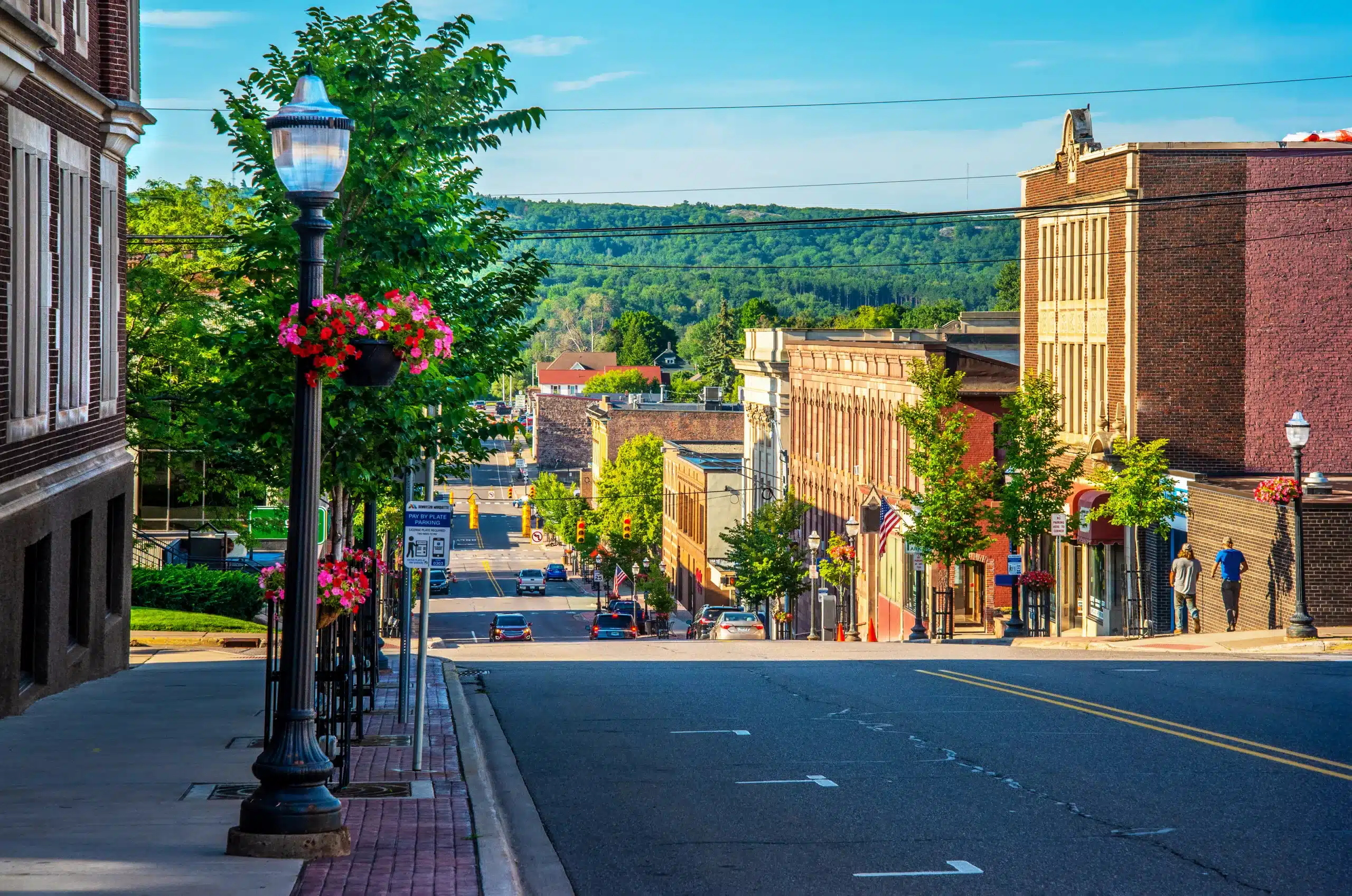
Established: 1675
Nicknamed the Queen City of the North, Marquette is named after the Jesuit priest and French explorer Jacques Marquette who founded other cities in Michigan, like Sault Sainte Marie and St. Ignace. The city is known as a major port, primarily shipping out iron ore from the city’s iron range. Marquette is also known for its high population, making it the third largest city on Lake Superior and the largest city north of the tri-cities in Michigan.
Marquette was used by French missionaries throughout the 17th century and by trappers in the earlier part of the 19th century. The town’s area remained relatively underdeveloped until 1844 when iron deposits were discovered nearby. The addition of railroads and an ore pocket dock in the 1850’s cemented Marquette as a trading center, which continues to this day.
Niles
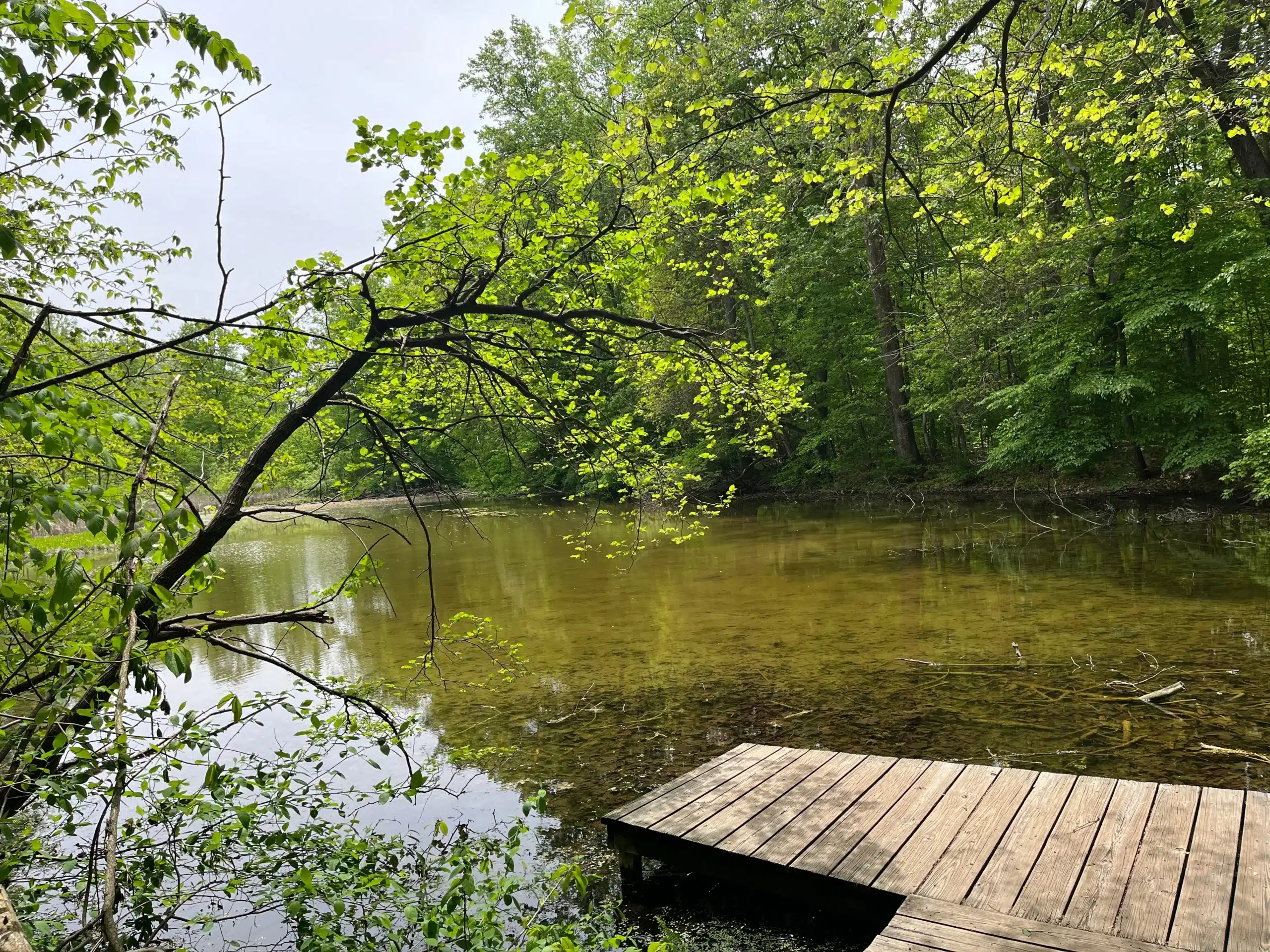
Established: 1691
Like many other Michigan towns, Niles was originally settled as a Jesuit mission. The site of modern day Niles is built on top of the French fort that was built to protect the mission. In the 1760’s, the fort was taken over by the British but was temporarily under Native American control. When the British retook the fort, it was transformed into a trading post only to be taken briefly by the Spanish during the Revolutionary War. The constant changing of occupation is what gave Niles the nickname “The City of Four Flags”.
Once tensions cooled, the area was incorporated into the United States. Only then did the township begin, which is known today primarily for its historical value. The town’s name comes from a Baltimore editor named Hezekiah Niles who was heavily involved in helping slaves via the Underground Railroad. Outside of military history, Niles is famous for its seasonal cultural events, parks, natural preserves, and trails.
Detroit
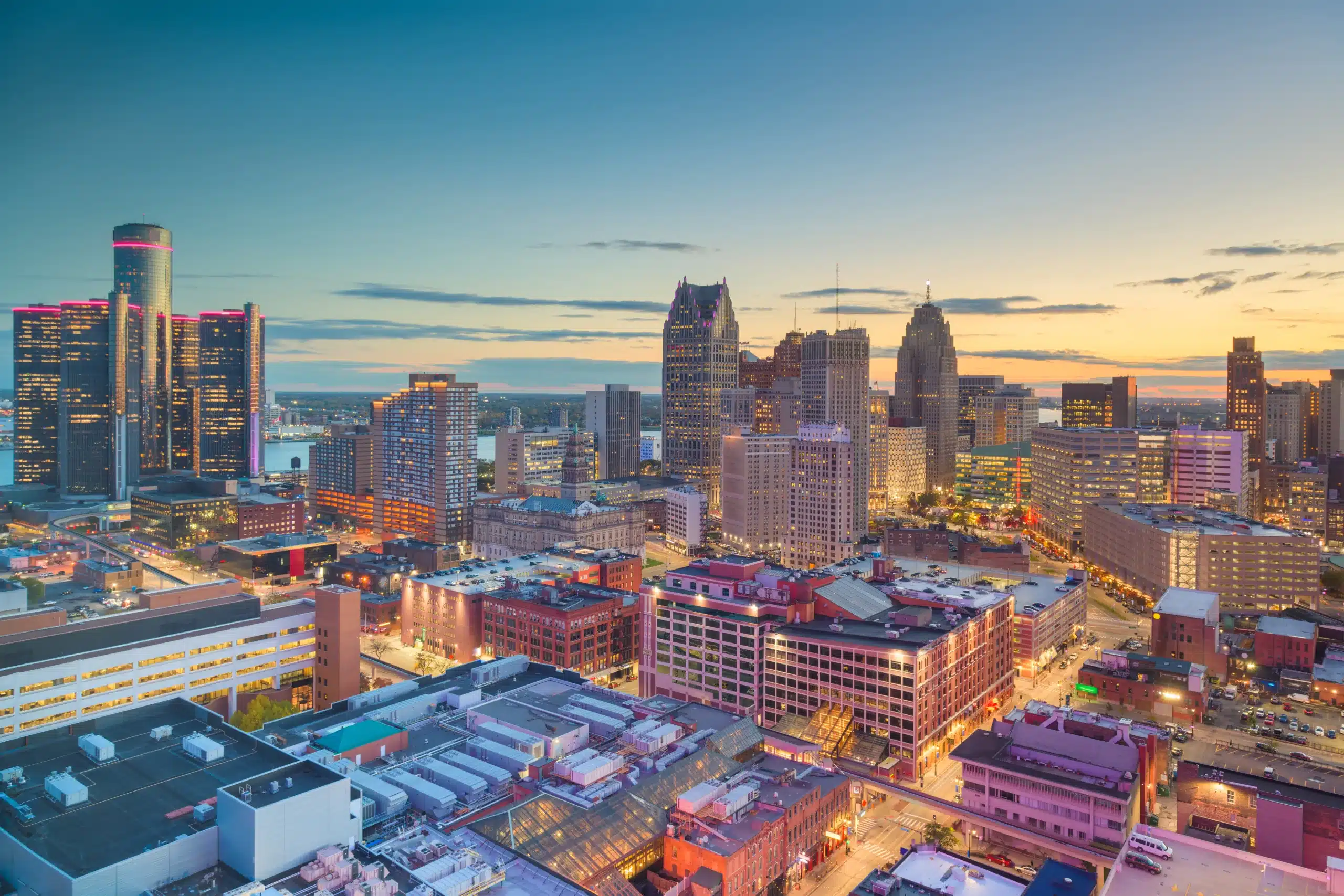
©iStock.com/Sean Pavone
Established: 1701
Known as the most highly populated city in Michigan and the 27th most populated city in the United States, Detroit has many claims to fame, including its many nicknames like Motown, Hockeytown, and Detroit Rock City. Despite its metropolitan appearance, it is actually one of the oldest towns in Michigan originally founded by two French explorers.
Detroit’s humble beginnings consisted of 100 settlers and a small fort on the northern bank of the Detroit River. Britain gained control of the city during the Seven Years’ War but lost control later during the American Revolutionary War. The city went on to become home to the Ford, Dodge, and Chrysler automotive companies, establishing Detroit as an industrial hub. Detroit is also famous for its part in civil rights, including speeches by Rev. Martin Luther King Jr. and the 1967 12th St. riot which resulted in the deaths of 43 people.
Monroe
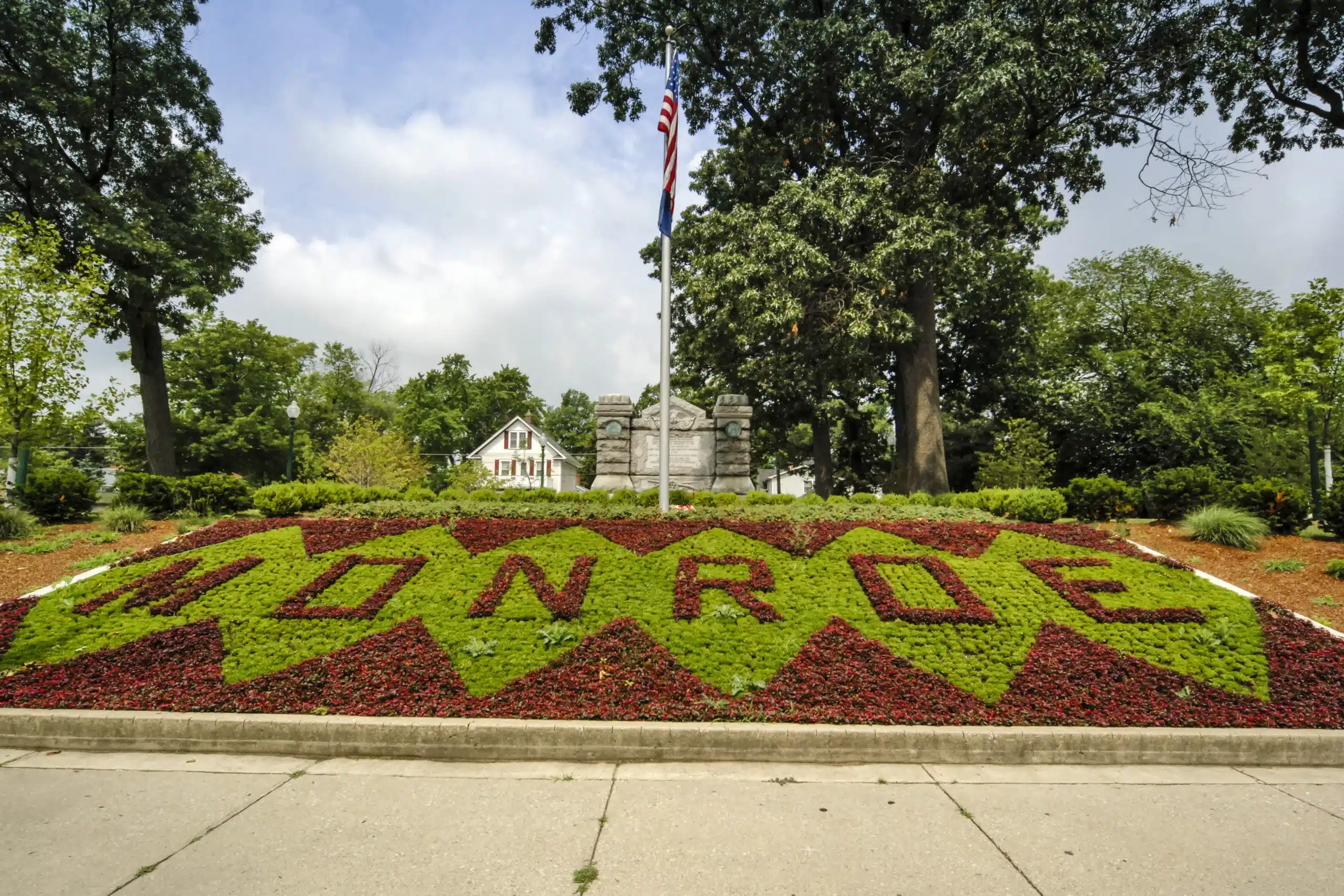
Established: 1785
Situated on the shores of Lake Erie and along the River Raisin, Monroe is a historic military town. Throughout the centuries, Monroe was the backdrop for many battles in the War of 1812, particularly the Battle of Frenchtown. Even the city’s name is historic as it was named after then-president James Monroe.
Originally settled by the Potawatomi, the first French explorers didn’t arrive in the Monroe area until 1679 during an expedition. However, the land itself was not inhabited until after the Revolutionary War. The area was heavily used as a strategic point during the War of 1812 and was the site of the Battle of Frenchtown, in which it is estimated that a dozen Americans were killed. Today, the site of the battle is preserved and is the only national battlefield established for the War of 1812.
Dearborn
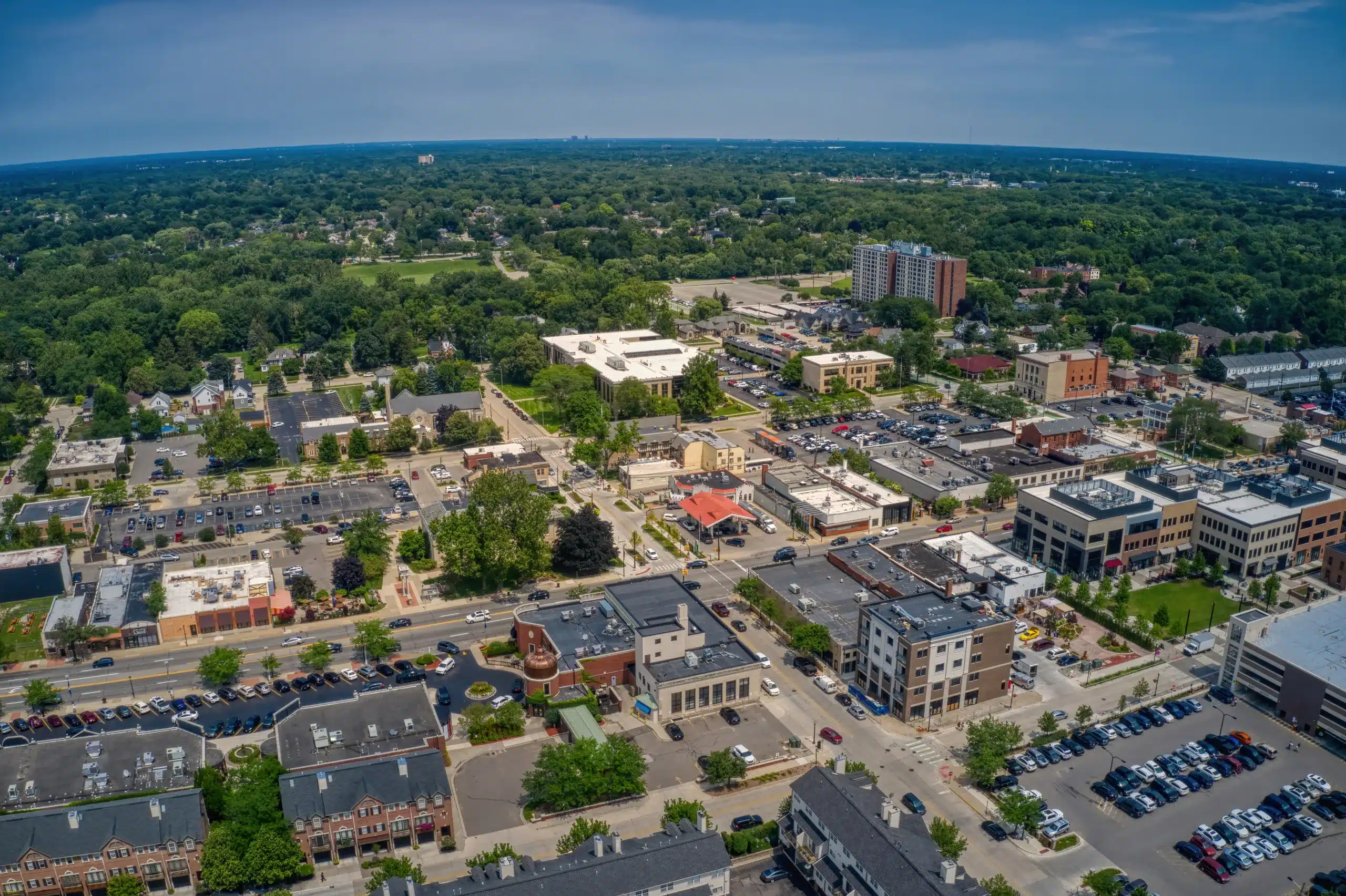
Established: 1786
Known as the 7th largest city in Michigan and the hometown of Henry Ford, Dearborn is a leading manufacturing center in the automotive industry. However, before it became the industry hub it is today, Dearborn was primarily made of ribbon farms with an economy built on trading. Dearborn remained a primarily agricultural community up until the end of the 19th century.
It wasn’t until after the Revolutionary War that the Dearborn area was settled, making it one of few older cities in Michigan that was not already established before the Revolutionary War. Once the automotive industry took off in Detroit, it spread to Dearborn, resulting in an industrial boom. Today, Dearborn is home of Henry Ford’s estate, the Henry Ford Centennial Library, and the Arab American National Museum, which is the first museum in the world devoted to Arab-American history and culture.
Mount Clemens
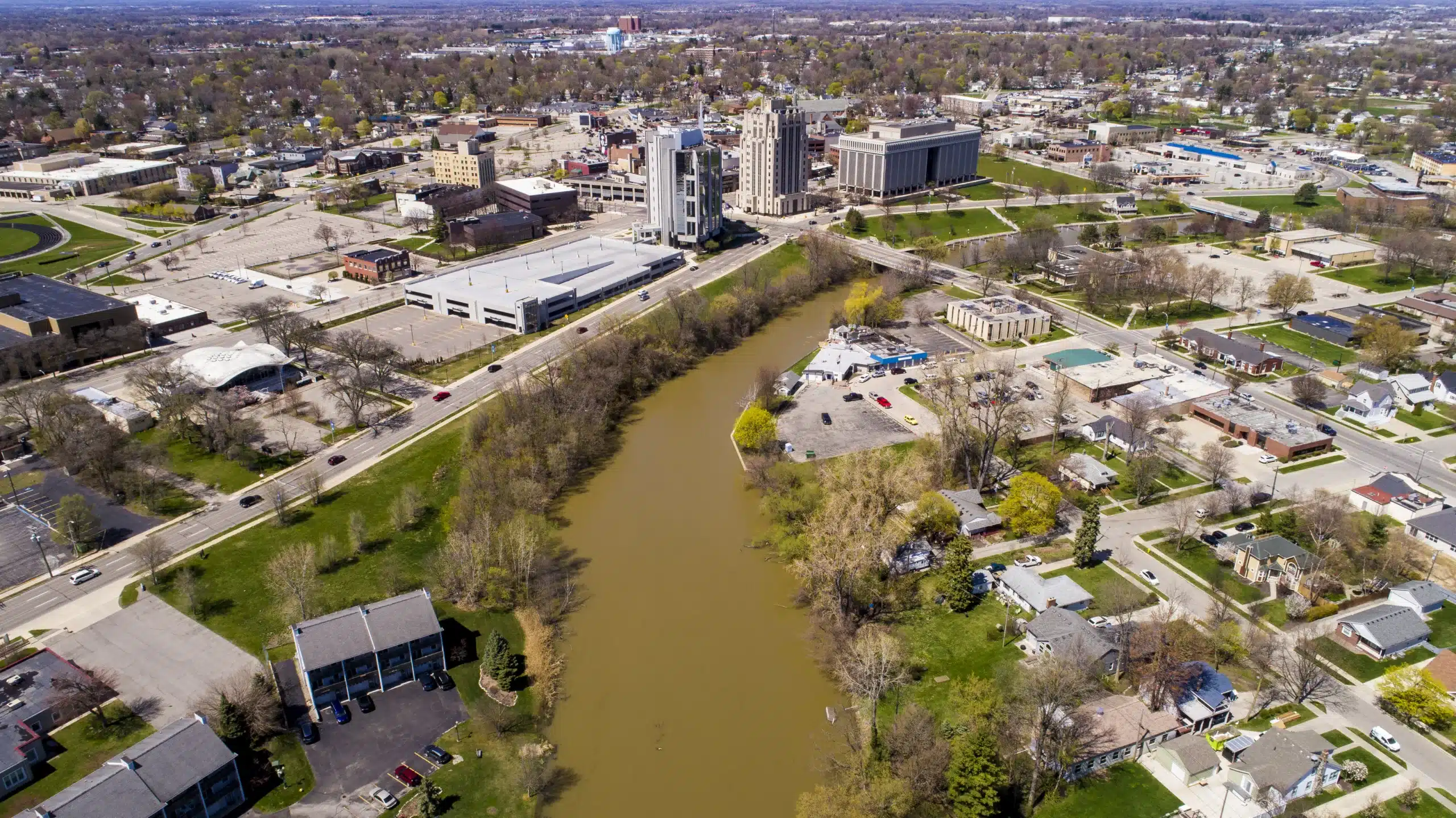
Established: 1799
Named after the man who first surveyed the area, Mount Clemens is another one of Michigan’s oldest towns that was established post-Revolutionary War. The area started as a singular distillery but expanded to a proper sized town by 1818. Unlike many other towns in Michigan, Mount Clemens was not known as an automotive industrial hub but rather a tourist destination.
For over a century Mount Clemens was popular due to its mineral baths which were drawn from nearby springs throughout the town. At one point, Mount Clemens had 11 bathhouses with several adjacent hotels. The bathhouses were even visited by various celebrities like Clark Gable, Mae West, Babe Ruth, and Jack Dempsey. Today, only one bathhouse building remains and is in the process of undergoing preservation.
Birmingham
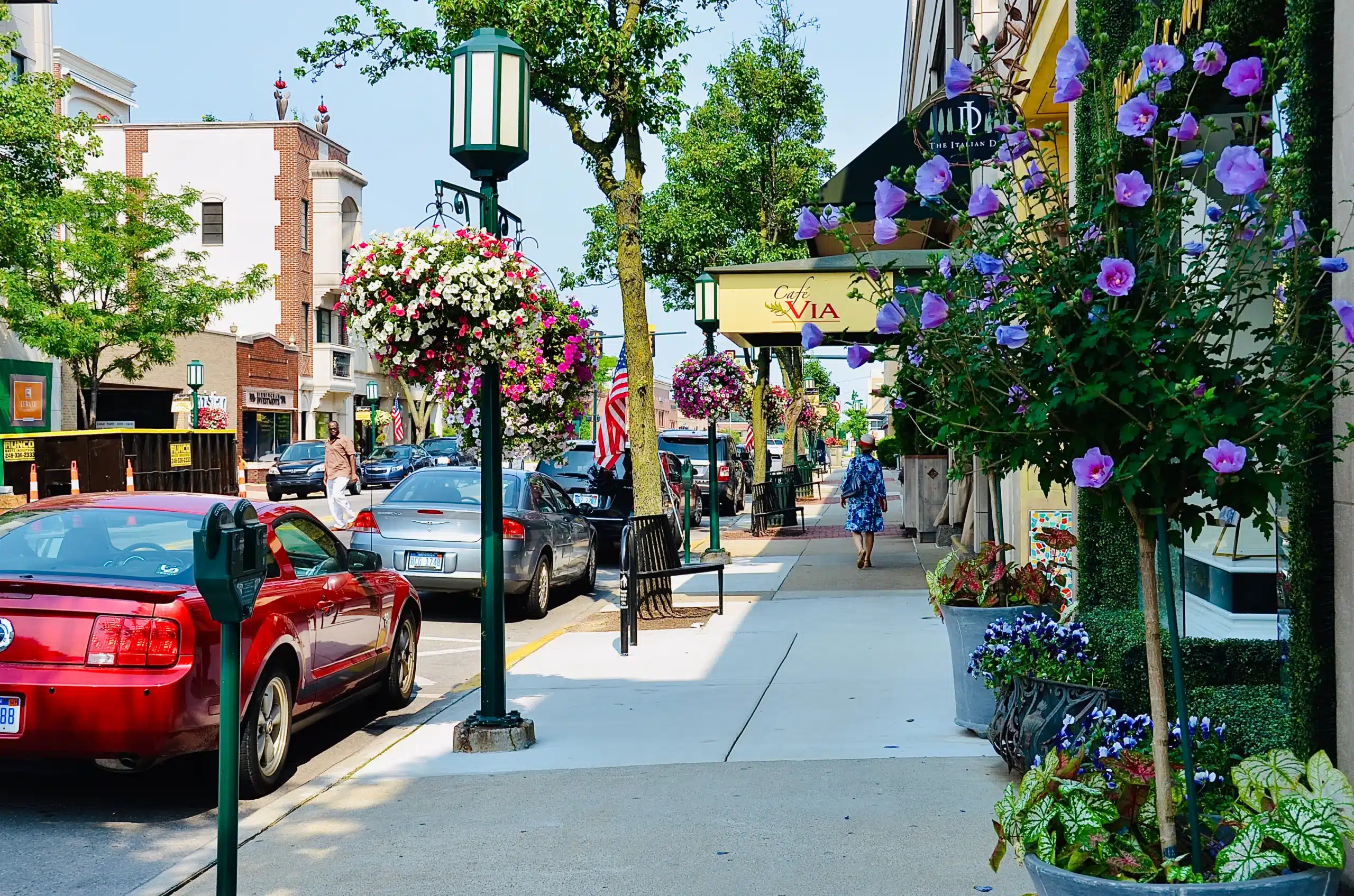
Established: 1818
Often considered a northern suburb of Detroit, Birmingham is in fact its own city. The area was originally occupied by Native Americans but was ceded to the United States government in the 1807 Treaty of Detroit. However, no one actually managed to establish a settlement in the area until after the War of 1812 due to delays caused by battles.
Although the area of modern day Birmingham was visited multiple times in the 1810’s, it wasn’t until John and Daniel Hunter arrived in 1818 that it was finally settled. The brothers and their respective families built log houses and later added hotels and taverns. The town never officially settled on a name until the 1830’s when the post office was established. Today, Birmingham is known for its many parks, 20 in total, and is the hometown of many Hollywood celebrities like actor Tim Allen and director Sam Raimi.


